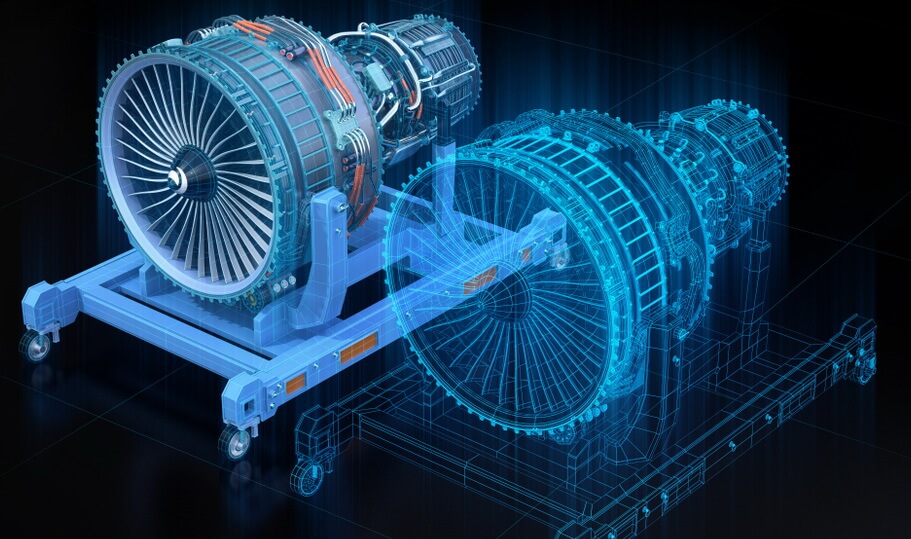In automation engineering, new technologies are constantly emerging to streamline processes and enhance efficiency. One that is gaining traction is the concept of digital twins in automation.
This short article introduces automation engineers to the world of digital twins, their fundamental principles, applications, and potential benefits. Moreover, by understanding this concept, engineers can understand the power of digital twins to revolutionise their work and drive transformative change.
What are Digital Twins?
Digital twins are virtual 3D replicas of physical assets, systems, or processes and simulate their behaviour in real time. Creating them involves combining data from a range of sources, like sensors, IoT devices, design information and cloud resources.
These virtual replicas enable engineers to gain insights into the performance, condition, and behaviour of the corresponding physical asset. Engineers can apply them to devices, complex machines, power equipment, and infrastructure projects or even new production facilities.
By mirroring the real-world object, digital twins in automation enable predictive analysis, optimisation, and decision-making leading to improved operational efficiency, reduced downtime, and enhanced maintenance strategies.
Digital Twins in Automation
For these reasons, digital twins have immense potential in the field of automation engineering. Diverse applications include monitoring and controlling complex systems, optimise production processes, and enable data-driven decision-making. Automation engineers can use digital twins to model and simulate various scenarios, enabling them to identify potential bottlenecks, optimise control algorithms, and enhance overall system performance.
Digital twins also aid condition monitoring, allowing engineers to predict equipment failures, schedule preventive maintenance, and minimise unplanned downtime. Furthermore, they enable engineers to perform virtual commissioning, where they can validate and optimise control strategies before implementing them in the physical system.
Benefits of digital twins in automation
Implementing digital twins in automation offers several advantages for engineers. Firstly, they provide a broader understanding of the system’s behaviour. This also allows the engineers to make informed decisions based on real-time data and predictive analysis.
Digital twins also support virtual testing and prototyping, hence reducing the need for costly physical prototypes and minimising development time. Also, by enabling predictive maintenance, digital twins help improve equipment reliability, extend asset lifespan, and reduce maintenance costs.
Importantly, they promote collaboration amongst multidisciplinary teams by providing a common platform for sharing information, visualising data, and performing simulations. They empower automation engineers to optimise processes, enhance productivity, and drive innovation.
They also offer massive opportunities for automation engineers to revolutionise their work. By leveraging the power of virtual replicas, engineers can gain deeper insights, improve processes, and make data-driven decisions. The benefits of digital twins span across various industries, from manufacturing and energy to healthcare and transportation.
The rapid evolution of automation makes it crucial for engineers to familiarise themselves with this concept and explore its potential applications. Embracing digital twins in automation enables engineers to innovate, enhance operational excellence, and unlock unprecedented levels of efficiency in their field.
For more comprehensive introduction, see Industry 4.0 and the digital twin from Deloitte Insights


